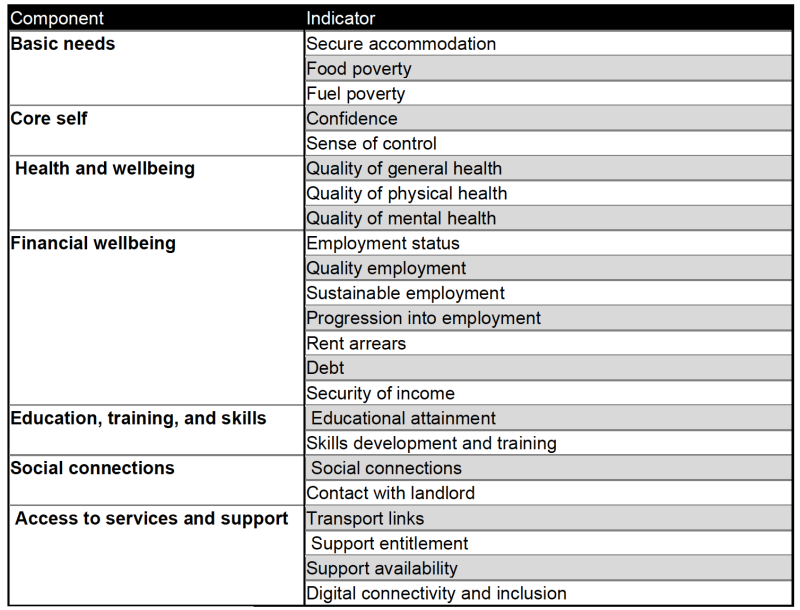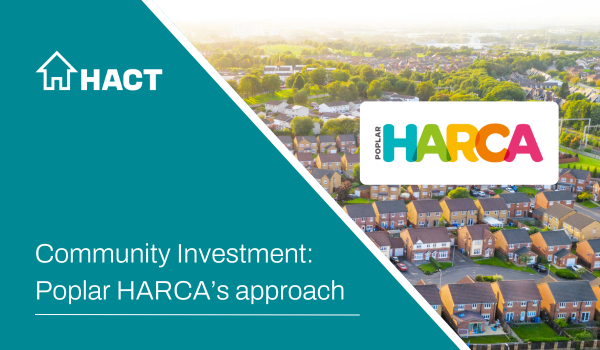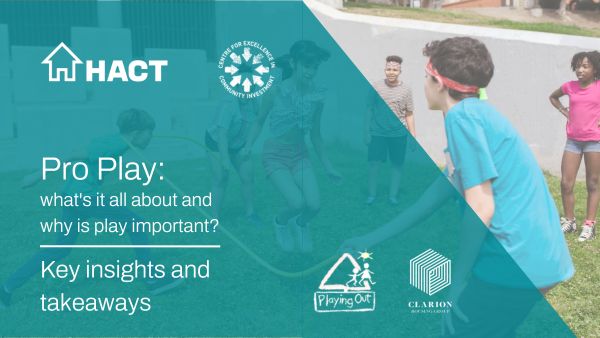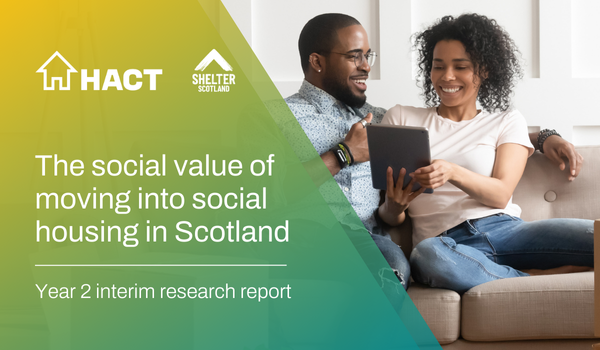Working with partners HACT has:
- Undertook a comprehensive review of the existing thinking, research, and literature around the concept of resilience both within and outside of the social housing sector.
- Undertook stakeholder engagement with social housing professionals to understand how the concept of resilience is used by housing providers to drive strategic and operational decision-making.
- Identified and defined existing and emerging resilience factors
Here are the results of the three key questions the research addressed.
What do we mean when we talk about the resilience of individuals?
A working definition of resilience – a resilient individual is someone who demonstrates the ability to adapt to, and bounce back from, changing and adverse circumstances without detriment to their long-term wellbeing.
How can we measure resilience and track changes over time?
Development of resilience index with a suite of seven domains of resilience: Basic needs, core self, health & wellbeing, financial wellbeing, education training and skills, social connections, access to services and support, with associated indicators.

HACT collated data from a consortium of housing providers in a consistent format using a bespoke data schema. Partners contributed data to the testing phase, including demographic data, data relating to societal vulnerability, economic experience and community and networks and data that could be used to make inferences. Followed by identifying independent (predictor) variables – e.g., age, ethnicity, length of tenancy, factors that we assume will have an affect on levels of resilience and dependent (outcome) variables – e.g., debt level, state benefit claims and level of contact, which can change over time or in response to an intervention.
What’s next?
How can we use insights about the resilience of residents
The resident resilience model is based on the premise that understanding the resilience of residents is important to social housing providers and a commonly understood understanding of resilience, both within organisations and across the sector as a whole, will drive more effective decision making.
The model considers resilience as a dynamic process, rather than a fixed trait and is intended to take into account the various different aspects of people’s lives and wellbeing, including factors that housing providers directly and indirectly influence, providing a holistic picture of that one individual’s level of resilience and means to track changes in overall resilience scores as well as in the different components. A greater understanding of these factors will lead to a more effective targeting of resources and identify people at risk of requiring specific and/or intensive support.

Phase 3 is the next stage in this research, which will seek to:
- Test diagnostic methodology with residents to ensure resilience index is representative and robust
- Explore how we can standardise data required for analysis
- Understand the feasibility of applying predictive analyses to the model and weighting to indicators in the index
- Apply predictive analyses and weighting to create a tool based on diagnostic algorithms
- Test tool with new and wider data sets and address the current gaps in the data made available for testing to date
- Investigate what an operational tool would look like in practice
To undertake phase 3 of the resilience project we need the support and partnership of housing associations. Please contact HACT, Head of Research Frances Harkin to express your support.







